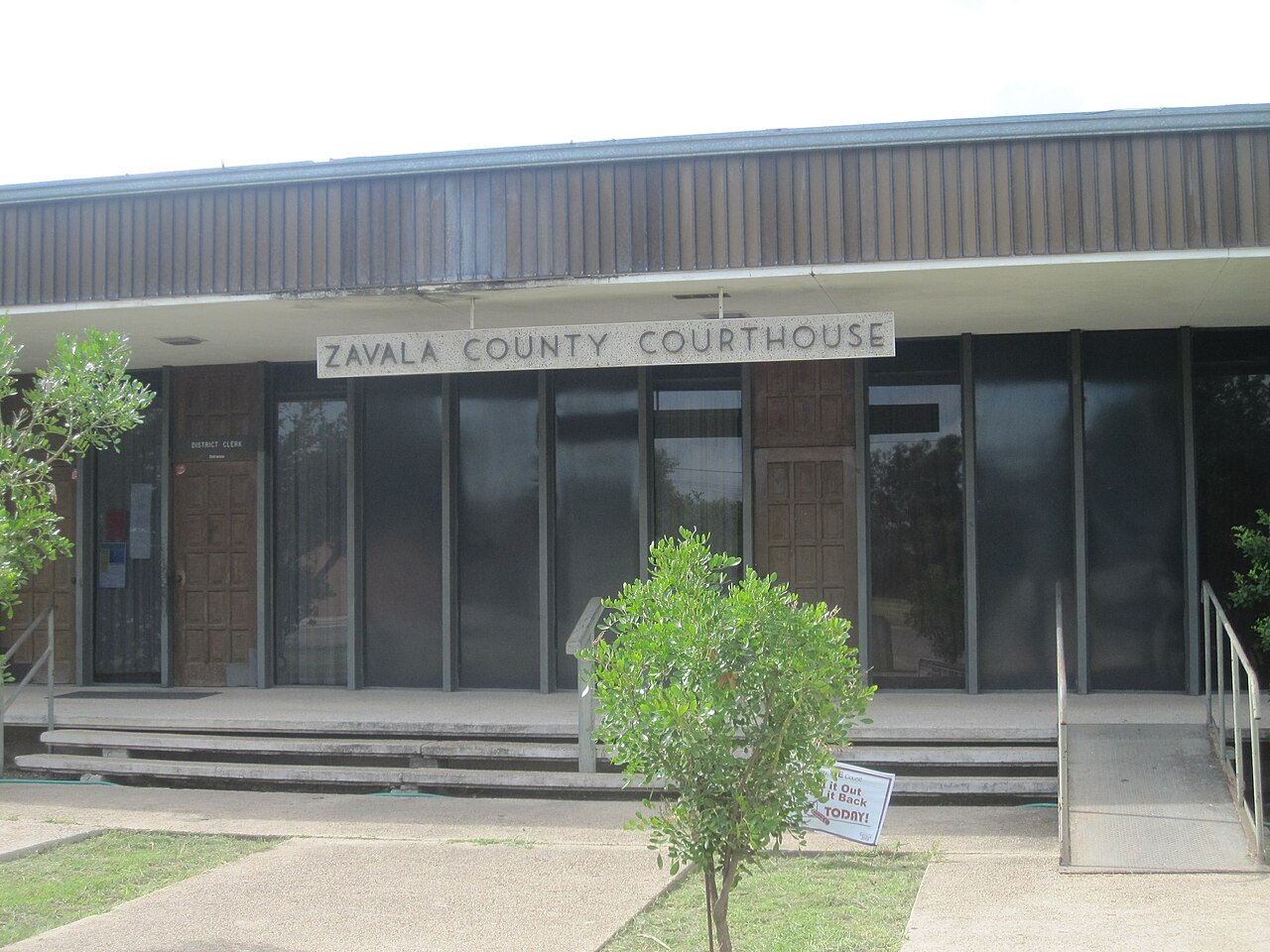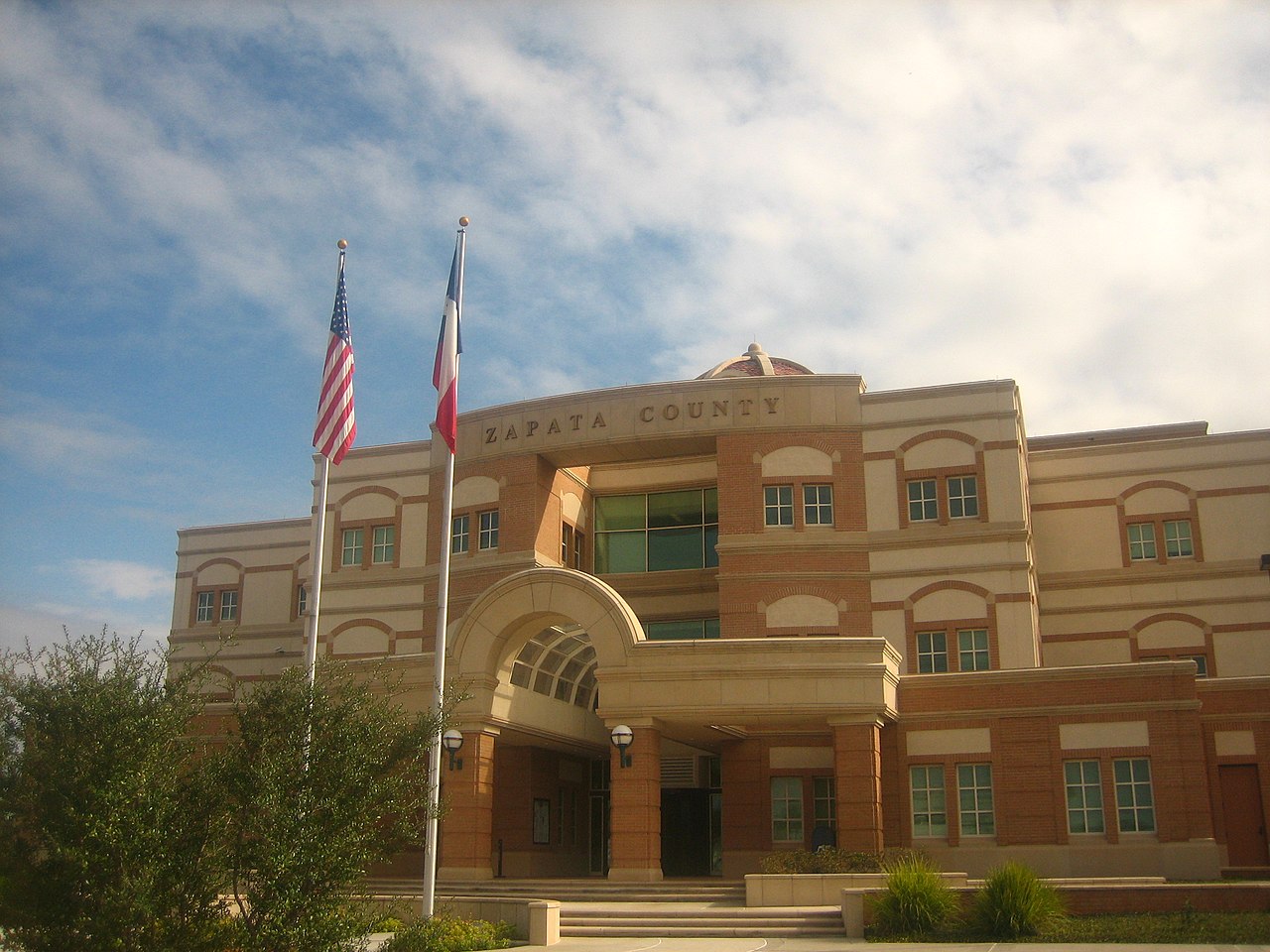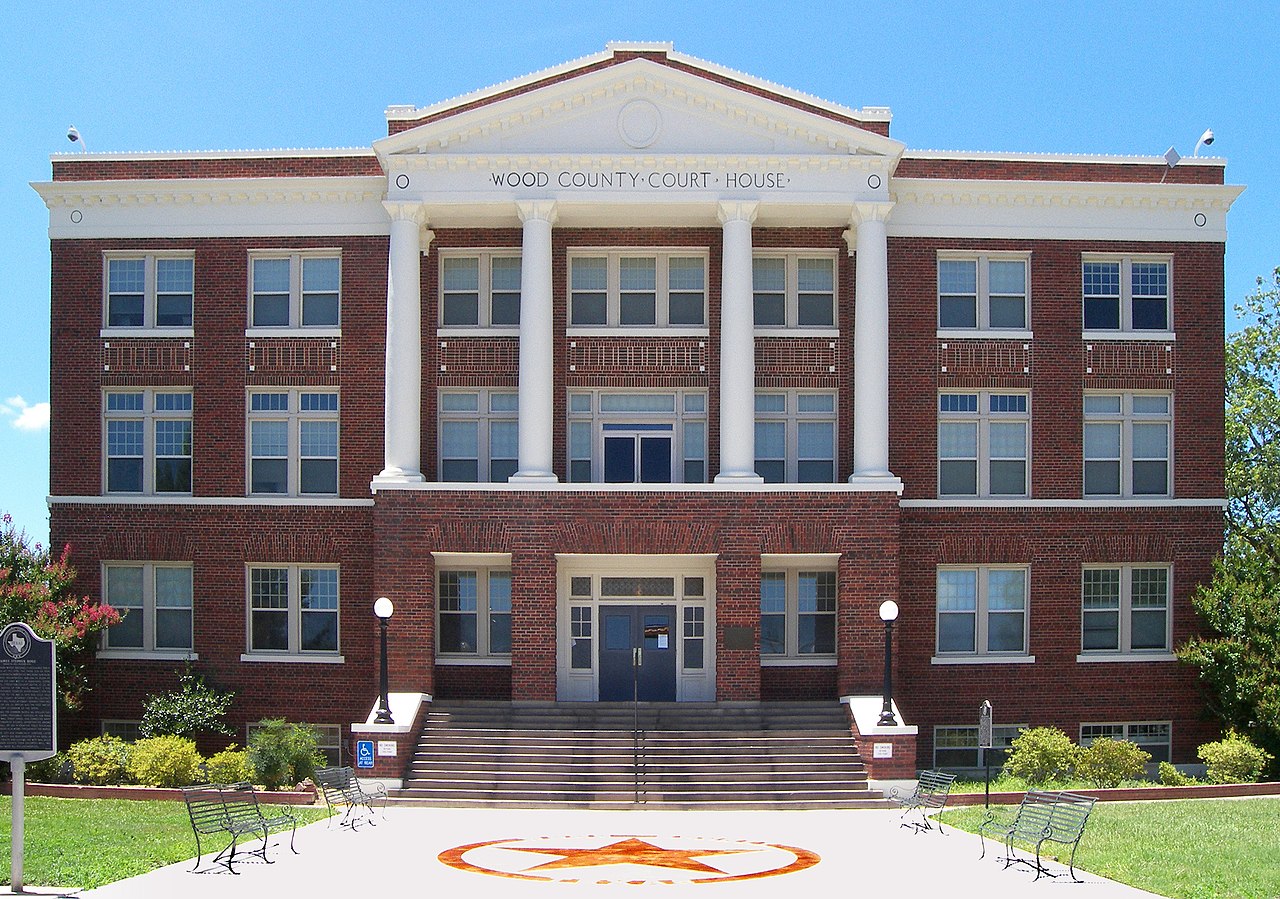Texas Writs of Garnishment to Collect Judgment Liens from Lamb County, Texas
Having trouble collecting a judgment in Lamb County, Texas? Busby & Associates can help. Our experienced attorneys are skilled in defending, collecting, and enforcing judgments, including garnishing bank accounts and financial institutions. We also offer legal support for consumer bankruptcy, family law, and divorce, and can assist with both collecting and defending against child support liens. Contact us today to schedule a consultation and let us help you collect what you’re owed.
Texas Judgment liens in Lamb County
To establish a judgment lien on all nonexempt real property owned by the judgment debtor in Lamb County, it is essential to properly fix it. This can be achieved by filing and indexing an abstract of judgment in each county where the lien is sought to be fixed. If the judgment is not dormant, this lien remains valid for ten years from the date of recordation and indexing. The judgment on which the lien is based must be final and not interlocutory. Even if the judgment is being appealed or a supersedeas bond has been filed, an abstract can still be filed on a final judgment. If a judgment creditor has taken the necessary steps to obtain a lien before the appeal, the appeal will not affect the validity of the lien in case of affirmance. These rules are specific to Texas state trial court judgments, and for other state or foreign judgments, you must domesticate them in Texas first to create a lien.
Texas Abstract of Judgment
Texas provides several options for preparing an abstract of judgment, including the judge, justice of the peace, clerk of the court, judgment creditor, his agent, attorney, or assignee. However, the judgment creditor is not authorized to prepare their own abstract for judgments rendered in small claims and justice courts. Note that abstracts of federal court judgments necessitate the certification of the clerk of the court. In Lamb County, Texas, you can abstract your judgment lien at the County Clerk’s office located at 100 6th Dr #103, Littlefield, Texas 79339.
Contents
The information contained in a Texas abstract of judgment must include the names of the plaintiff and defendant, the defendant’s birthdate (if known), the last three digits of the defendant’s driver’s license and social security number (if available), the case number, the defendant’s address or service of citation, the date of judgment, the amount awarded, the balance due, any child support arrearage, the interest rate specified in the judgment, and the mailing address of each plaintiff or judgment creditor.
Recordation of Judgment Liens Abstract
To record the abstract of judgment, Lamb County is the mandatory location when the debtor has real property there. The Lamb County clerk records the abstract in the county’s real property records, mentioning the date and time of documentation. Additionally, the clerk must list the abstract in the alphabetical index to the real property records, indicating the names of both the plaintiff and defendant in the judgment and the page number where the abstract is recorded.
Abstracts of Domesticated Judgment Liens.
Under the Uniform Enforcement of Foreign Judgments Act and the Uniform Foreign-Country Money Judgments Recognition Act, foreign judgments can be enforced in Texas with the same level of enforceability as judgments filed in the originating court. To domesticate a foreign judgment in Texas, the foreign judgment holder must satisfy the lien requirements.
Property To Which Lien Attaches Non-Exempt Real Property
The judgment lien applies to all nonexempt real property owned by the defendant and recorded in Lamb County, which is the county of recordation.
Keeping the Judgment and Judgment Lien Alive
1. Non-governmental Judgments
Following the recording and indexing of an abstract, a judgment lien remains valid for ten years, but it becomes dormant if no writ of execution is issued within ten years of its rendition. To maintain the lien’s validity, you must keep the judgment active and record a new abstract of judgment. A dormant judgment can be revived through scire facias or an action of debt filed within two years of dormancy.
2. State or State Agency Judgments.
Judgments issued by the state or a state agency remain in effect and do not become dormant. A valid abstract of judgment creates a lien that lasts for 20 years from the date of filing, and the lien’s duration can be extended for an additional 20 years by filing a renewed abstract of judgment, ensuring its enforceability for up to 40 years.
3. Political Subdivisions.
Under dormancy statutes, judgments of political subdivisions may become inactive, but the revival statute, Civ. Prac. & Rem. Code § 31.006, allows political subdivisions to revive the judgment at any time. Consequently, the political subdivision is not precluded by the statute of limitations and can revive the judgment beyond the two-year dormancy period.
4. Child Support Judgments.
The exemption to the dormancy statute for child support judgments is outlined in § 34.001 Subsection (c) of the Civ. Prac. & Rem. Code and applies to all such judgments, regardless of their age or when they were granted.
Property Subject to and Exempt from Execution.
1. Property Subject to Execution.
The execution has the power to seize the judgment debtor’s property, unless it is protected by the constitution, statute, or any other legal rule. Typically, the following types of property are not protected: a. Cash on hand or in checking or savings accounts; b. Pleasure boats and their motors and trailers; c. Collections of items such as stamps, coins, etc.; d. Investments such as stocks, bonds, or notes; e. f. Airplanes. Corporations do not have any exempt property.
2. Property Exempt from Execution.
The law stipulates that certain categories of property are exempt from execution, regardless of whether the debtor is a family or a single adult. These categories include a) the homestead, b) personal property falling under the specific categories outlined by the statute, up to an aggregate fair market value of $100,000.00 for a family or $50,000.00 for a single adult, c) current wages for personal services and unpaid commissions not exceeding 25% of the $50/$100,000 aggregate limitations, d) professionally prescribed health aids, e) worker’s compensation payments, f) cemetery lots held for sepulcher purposes, g) sold, mortgaged or conveyed property if the purchaser, mortgagee or trustee indicates other property of the debtor sufficient to satisfy the execution, h) assets held by the trustee of a spendthrift trust for the debtor’s benefit, i) certain insurance benefits, j) certain savings plans, including retirement benefits and health savings plans, k) college savings plans, and l) certain consigned artwork.
WRITS OF GARNISHMENT.
The post-judgment garnishment is a legal course of action that permits a judgment creditor to investigate whether a third party owes any funds or property to the judgment debtor. If any debts are discovered, the creditor (garnishor) can obtain a garnishment judgment, obliging the third party (garnishee) to pay funds to the garnishor instead of the debtor.
Requirements to Issue
The utilization of garnishment after a judgment hinges on the satisfaction of specific criteria. Firstly, the creditor must possess a valid and subsisting judgment against the debtor, with the judgment being deemed final and subsisting from the date of rendition. Secondly, the debtor must not have filed an approved supersedeas bond to suspend execution on the judgment. Finally, the creditor must affirm that, based on their knowledge, the judgment debtor does not have enough property in Texas that can be executed to satisfy the judgment.
Procedure for Securing Issuance Jurisdiction and parties
It is essential to remember that a post-judgment garnishment action is a distinct legal action from the main case it aims to enforce. The third-party garnishee should be named as the defendant because it is an ancillary lawsuit. It should be filed in the same court that rendered the judgment to be collected, but with a different cause number.
Service of the writ of garnishment/notice to judgment debtor.
The garnishee receives the writ of garnishment to initiate the garnishment action. The defendant in judgment is not a required participant in the action, but they must receive a copy of the writ, application, affidavits, and court orders as soon as practical after the garnishee is served. The copy of the writ served to the defendant must include its contents in 12-point typeface and must be written in a way that informs a reasonably attentive person. Any judgment, except the one that dissolves the writ, is void if proper notice is not given to the defendant.
Banks as Garnishees for Writs of Garnishment
Garnishment writs served on garnishee banks must be delivered to the address of the financial institution’s registered agent, as designated in its registration statement under Section 201.102 or 201.103 of the Finance Code. Out-of-state financial institutions seeking registration with the Secretary of State must comply with the state’s foreign corporation laws, including appointing an agent for process under Section 201.102. On the other hand, Texas financial institutions may appoint an agent for process by submitting a statement to the Secretary of State under Section 201.103.
Officer’s Return.
According to Tex. R. Civ. P. 663, the officer responsible for executing a writ of garnishment must provide a return conforming to citation regulations. It is recommended that the judgment creditor review the return thoroughly before obtaining a garnishment judgment, especially if it is a default judgment. Returns in garnishment proceedings are governed by the same citation rules as other citations. Courts have rejected returns that fail to specify the manner and location of service on a corporate garnishee.
Forms for the form and Practical Procedure
When a bank account or other debt that can be garnished from the judgment debtor is located and it is financially feasible to pursue, submit an Application for Garnishment with a supporting affidavit that is signed by the judgment creditor’s attorney. The affidavit should include all necessary information, such as original suit and judgment information, garnishee name, officers for service and address for service, and any available account names and numbers.
Recovering a judgment in Texas can be a hassle, but Busby and Associates can help. They offer contingency-based services that allow you to recover what you’re owed without paying anything upfront. Judgments from other states with the debtor in Texas are evaluated on a case-by-case basis and may require a retainer. In Lamb County, they can also assist you in garnishing a bank account or financial institution to recover the amount owed.














